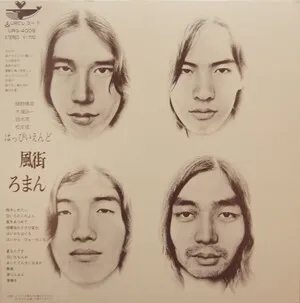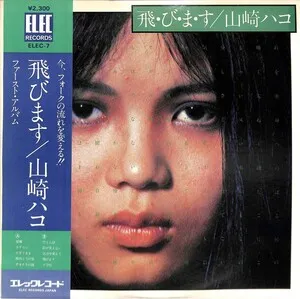New music (German: Neue Musik) denotes the 20th- and 21st‑century modernist stream of Western art music that decisively broke with common‑practice tonality and traditional forms. It foregrounds innovation in pitch organization, rhythm, timbre, space, and notation, often embracing atonality, serial procedures, chance, microtonality, noise, and electronics.
The term crystallized around the Second Viennese School and, after World War II, the postwar European avant‑garde centered on festivals and institutions that promoted aesthetically radical work. New music is not a single technique but an umbrella for divergent approaches—integral serialism, experimental and indeterminate practices, spectral and timbral thinking, extended techniques, and electroacoustic integration—united by a commitment to redefining what composed music can be.
The roots of new music lie in early modernism, especially the Second Viennese School (Schoenberg, Berg, Webern), which pursued atonality and twelve‑tone methods in response to the expanded harmonies of late Romanticism and Impressionism. Parallel avant‑gardes (Futurism, Expressionism) challenged timbral norms, form, and performance conventions, setting a rhetoric of rupture that defined the movement’s ethos.
After WWII, a transnational infrastructure of courses and festivals (notably Darmstadt, Donaueschingen, ISCM) consolidated new music as an institutional practice. Integral serialism (Boulez, Stockhausen, Nono) extended ordering principles to rhythm, dynamics, and timbre, while experimentalists (Cage) advanced indeterminacy, chance, and new notations. Studios in Paris and Cologne fostered musique concrète and electronic music, integrating technology into composition.
The field diversified beyond high serialism: spectral composers (Grisey, Murail) grounded form and harmony in acoustic analysis of sound; Xenakis introduced stochastic and architectural thinking; Lachenmann codified "musique concrète instrumentale" and instrumental noise; Ligeti evolved from micropolyphony to rhythmically intricate, post‑tonal idioms. New ensembles, specialized performers, and academic programs normalized extended techniques and hybrid acoustic‑electronic practices.
New music today spans electroacoustic media, microtonality, algorithmic/AI‑assisted composition, new complexity, and post‑spectral approaches. Commissioning bodies, new‑music ensembles, and festivals worldwide support a pluralistic landscape where instrument building, spatial audio, multimedia, and cross‑genre collaborations continue the movement’s experimental drive.
Start from a clear exploratory premise (e.g., a new timbre, spatial idea, or process) rather than traditional melody–harmony goals. Embrace experimentation and allow technique to follow the concept.

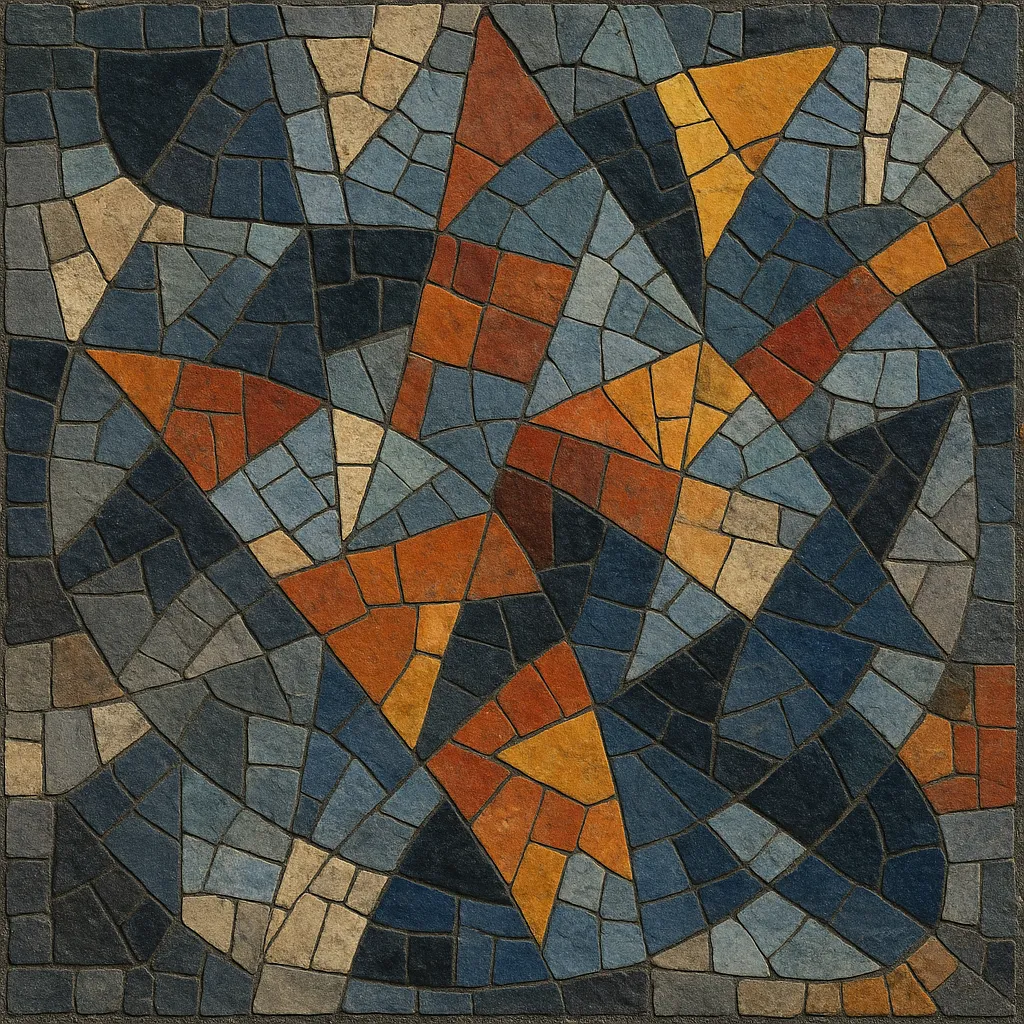

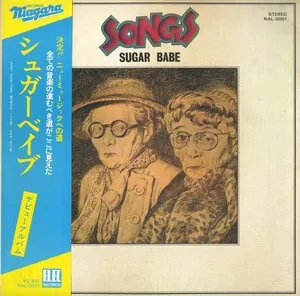
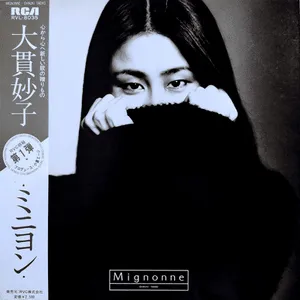
%20-%20%E3%83%9F%E3%82%B9%E3%83%AA%E3%83%A0%20%5BMisslim%5D%2C%20Cover%20art.webp)
